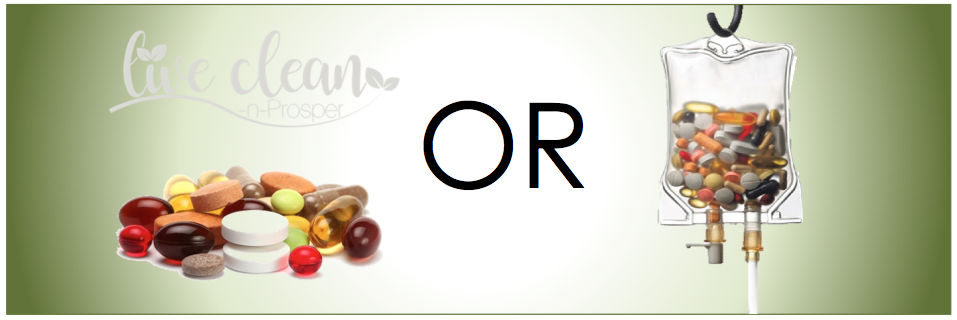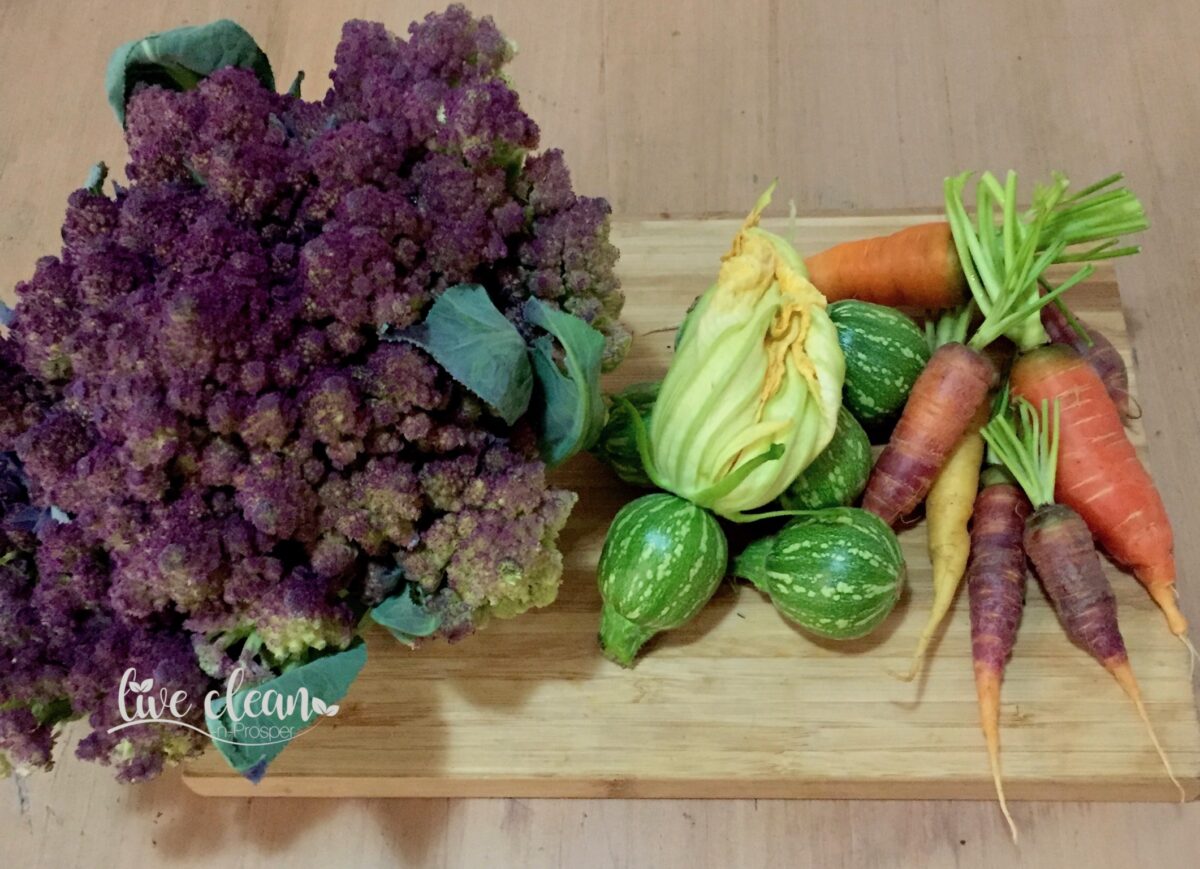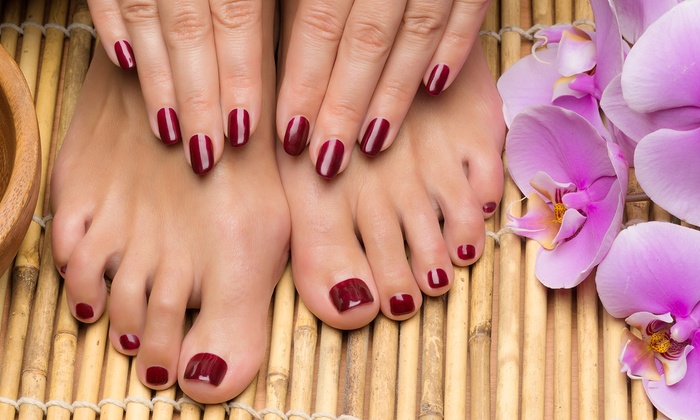This morning I was browsing the paper and 2 articles about vitamins jumped out at me.
First, was an article advising about the importance of certain vitamins to include in our daily intake. Second, was a small article about a new trend, booking in for a quick intravenous vitamin boost in your lunch break.
This got me thinking about vitamins and nutritional supplements. Is it more beneficial to have a regular ‘intravenous treatment’ rather than take a supplement daily?
So some research is required.
A Supplement a Day by Peter Dingle PhD
This book delves into the science behind supplementation and the reasons we should supplement. I’ll share some relevant snippets.
“It is generally recognised that our bodies require some 40 essential nutrients. These include: 16 vitamins, 12 amino acids, 3 essential fatty acids and 20 or so minerals or trace elements.”
“Nutritional intake gained through whole foods is generally of greater benefit to health than that achieved through supplements. Supplements should not be seen as an alternative to whole foods.”
However, “many of our current foods are depleted as a result of the overuse and misuse of our soils.”
“The simplest concept to start with is that if the nutrients are not in the soil, they can’t be in the food.”
So, we need 16 different vitamins a day. Recent studies show that we require up to 1000mg a day of Vitamin C. This helps our skin, bones, our iron absorption and assists in preventing infections.
We need Zinc daily to help our immune system and assist with would healing.
A recently discovered vitamin called K2 is required to direct calcium to our bones, NOT our arteries.
Finally, we need Iodine for our Thyroid hormones to manage our metabolism.
Tablets or Intravenous?
I found a few studies online that cover this issue. A study was done in regards to Vitamin B12 and the results were similar for taking a daily supplement and a regular injection.
There is also information about studies of Vitamin C. Taking high, very frequent oral doses will achieve blood plasma concentrations approaching, but not equalling, intravenous infusion.
High doses in the range of 30,000 to 100,000 milligrams per day, and 1,000-2,000 milligrams per dose. At a frequency of 1,000-2,000 mg every ten minutes you are awake, obviously not achievable for most of us.
The benefit of an IV infusion is that it delivers 100% of the vitamin directly into your blood stream and can have an immediate impact on your health.
My personal opinion, after reading these different studies, is that by taking supplements daily we are maintaining our levels in a way that is easy for most of us. We are improving our overall ‘gut health’ as the supplements are broken down and metabolised in the gut.
The IV solution would be very beneficial if you were suffering from a deficiency and needed to boost your levels significantly.
I am not a big fan of needles, so I would need to be quite deficient in a vitamin to opt in for the IV solution.
Till the next post,
Live Clean n Prosper.



